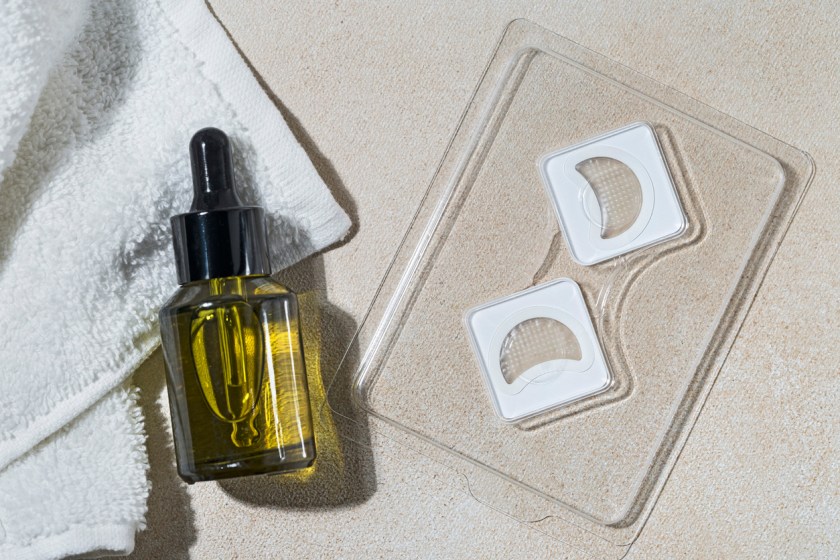We explore the science behind skincare’s latest craze.
Inspired by in-clinic microneedling treatments, at-home microneedling patches are designed to deliver skin-boosting ingredients deeper into the skin.
While the premise behind microneedle patches sounds very enticing, do they actually work? Or are they just a fad?
SPA+CLINIC chats with ESK Skincare co-founder Dr Ginni Mansberg to find out.
How do microneedle patches work?
Microneedle patches are designed with fine needles containing active ingredients. Following application, the microneedles dissolve while dispersing their ingredients into the skin.
“Dissolving microneedles are deep enough to get past the stratum corneum into the skin itself but too shallow to reach the nerves and cause pain. Tiny enough to allow effective delivery of active ingredients but not leave any permanent scars and are easily self-administered at home,” says Dr Mansberg.
Dr Mansberg explains that most dissolving microneedles are “made from hyaluronic acid because it is so well-tolerated by the skin, has a low rate of immune system reactions and has its own skin healing properties.”
“When prepared correctly, hyaluronic can be fashioned into needles that hold active ingredients in their tips. The needles are hard enough to penetrate the skin but then start to dissolve when inside the skin releasing both the hyaluronic acid and active ingredients,” continues Dr Mansberg.

What are the benefits of microneedle patches?
Unlike other topical skincare products, microneedle patches may offer a more effective and more deeply penetrative method of ingredient delivery.
“[The skin] has an amazing top layer called the stratum corneum with tight junctions between cells and a unique brick and mortar structure, says Dr Mansberg, which is “designed to keep water in and harmful bugs and chemicals out.”
“That’s how our skin keeps most ingredients applied to it from entering our body,” she continues.
But, if microneedles are designed well and are the correct length, they can actually penetrate these well-protected outer layers of the skin.
“Microneedles need to be long enough to do the hard work of delivering ingredients past the protective barrier of the skin (stratum corneum) and reach into the epidermis directly. But they should not be too long that they get to the pain nerves in the skin (which is anything longer than 0.5mm). That means needle length of between 0.2mm (to ensure you get through the epidermis) and 0.4mm (to ensure you don’t hit pain fibres). ESK’s spotless microneedles are 0.3mm long,” says Dr Mansberg.
What types of skin conditions can microneedle patches be beneficial for?
This all comes down to the formula. Depending on the ingredients included, microneedle patches can offer a variety of benefits from anti-ageing to blemish control.
Dr Mansberg explains that ESK’s Spotless patches include anti-bacterial and anti-inflammatory ingredients to fight congestion including salicylic acid, green tea, resveratrol and niacinamide.
Read SPA+CLINIC’s latest issue here:
There are 5 ways you can catch up with SPA+CLINIC
- Our quarterly print magazine, delivered to your door. Subscribe here.
- Our website, which is updated daily with its own completely unique content and breaking news.
- Our weekly newsletter – free to your inbox! Subscribe here.
- Our digital magazine – click here to view previous issues.
- Our social media – see daily updates on our Instagram, Facebook & Linkedin





